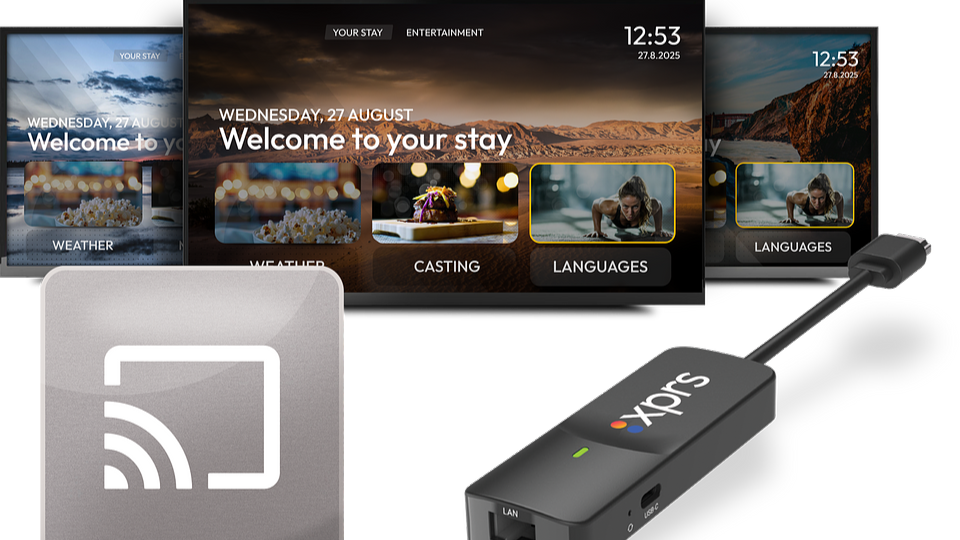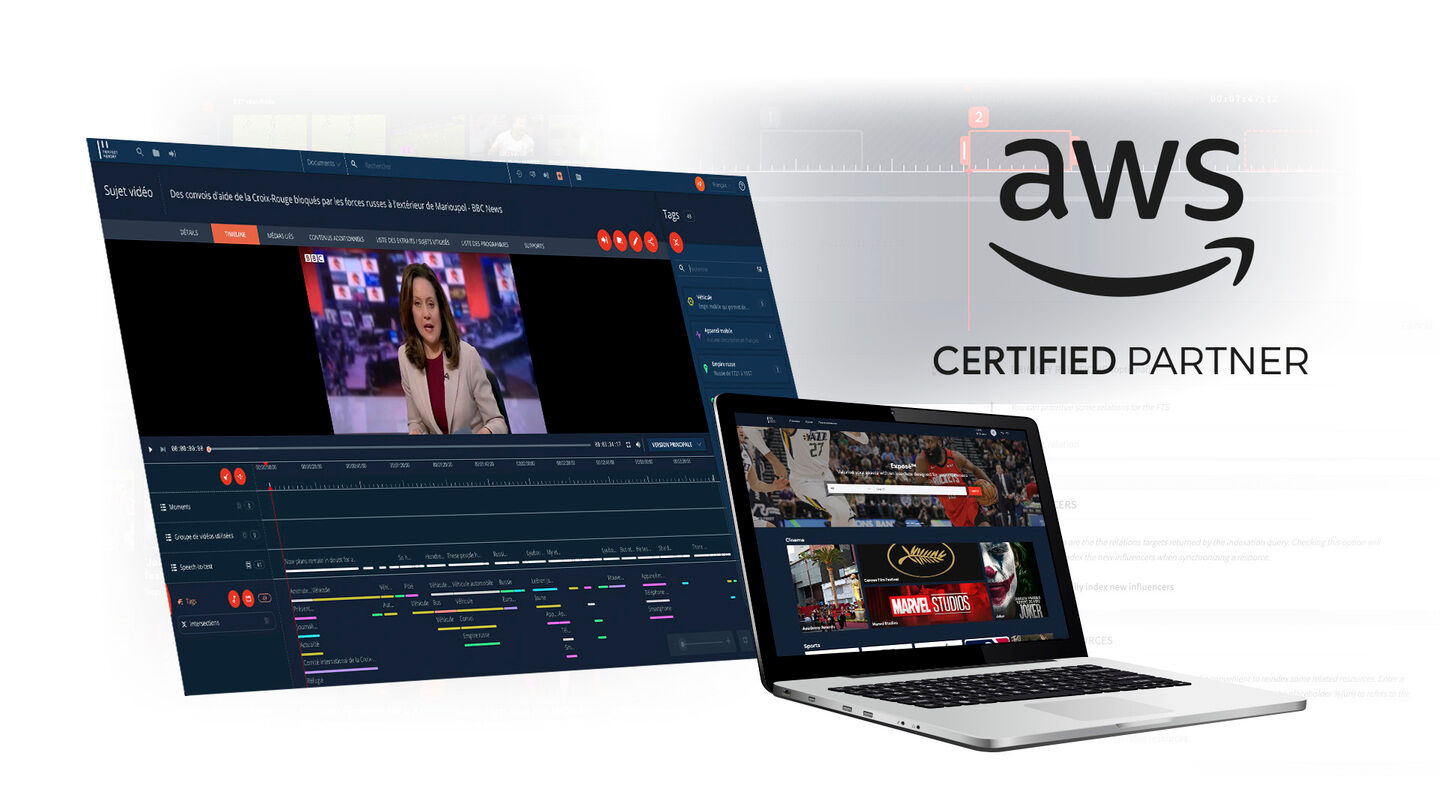By now, most media organisations realise that utilising the cloud for their media supply chain makes good sense. With the demand peaks and valleys that come with a dynamic, fast-moving industry, having technical infrastructure that can easily scale up or down is essential to achieving the agility and efficiency needed in today’s media operations. And while the initial decision to move to the cloud is an easy one, the choices about how to take advantage of the cloud have far more implications.
For many engineering departments, the move to the cloud involves redeploying a portfolio of formerly on-premises applications to cloud-based servers. To address distinct media processing requirements such as metadata inspection, QC, and transcoding, an organisation might begin its migration of workflows by incrementally implementing applications that software vendors have ported to run in the cloud. In some cases, these tools may be cloud-enabled services — software-as-a-service (SaaS) applications — and in other instances they may be software applications that the organisation purchases, deploys, and manages on its own.

While this approach can be made to work for your organisation, it remains a challenging endeavor to implement and maintain. Distinct applications running independently demand extensive development and coding to accommodate metadata translation between tools, the physical and logical interconnection of various applications across the media supply chain, and orchestration of content and metadata flows. Tying everything together in a cohesive fashion to support whatever workload is required is difficult at best, with many organisations left with a portfolio of applications that were simply “lifted and shifted” to the cloud. The whole is no more than a sum of the parts.
Rather than approach media supply chain modernisation from a functional application perspective, consider looking at your modernisation from a broader platform perspective. The beauty of the platform approach is that it allows even traditional applications deployed in the cloud to be implemented and managed in such a way that they behave like true SaaS applications. In fact, rather than replace SaaS applications, a platform as a service (PaaS) can provide access to application services along with the orchestration, data collection, data aggregation, and content normalisation functions that are essential to agile, intelligent high-performance supply chains.
Eliminating the need for the lengthy development and engineering cycles, not to mention procurement, a well-architected platform can allow your organisation to activate new use cases very quickly in concert with other SaaS applications to realise the functionality you need and to help optimise end-to-end workflow efficiency. Along with resource and workflow orchestration, the platform can support unified performance monitoring across applications, resource utilisation and cost tracking, and reporting to facilitate further supply chain optimisation. And if the platform facilitates the activation of these third-party applications in a pay-as-you-go model, you gain the freedom to apply just the right tool to every job, at any time.
By ensuring that key considerations such as interoperability and security meet a common high standard, a PaaS can actually serve as an on-ramp to the cloud for smaller solution providers that offer very specific processing capabilities. Without the need to perform extensive evaluation and testing prior to implementation of every application, your organisation can move forward more quickly in building the workflows that enable you to take on new opportunities or tackle new challenges. You can implement new services with confidence, and without penalty. Because there is no up-front investment needed to try a new application, you no longer risk the significant time and effort previously associated with moving from one application to another.
This ability to access and utilise specific resources, on demand, as your business and technical needs evolve — be that on a monthly, weekly, or even daily basis — is among the core benefits driving migration to the cloud. The platform approach helps organisations to take full advantage of this shift, and a mature platform allows an organisation to do so on an accelerated timeline.
By building on a proven platform, your engineering team can avoid reinventing the wheel and move fast: the carefully refined orchestration functionality, the well-documented APIs, the SOC 2 certification and other security testing, and so much more, all developed and field-tested over years. Instead of starting at zero, on a scale of one to ten, your team can start at a four or five using examples from real-world deployments to build on and around the platform. They can focus on value-added development work, such as operator panels and dashboard tools that support specific roles and workflows, rather than building the underlying resource management and provisioning capabilities they would find in an established media supply chain management platform.
Enabling highly differentiated supply chain management, this type of platform does the heavy lifting while also bringing elegance to application deployment. It can offer advanced capabilities including the capture of time-based metadata, management of both manual and automated work orders, and routing of content and metadata, as well as orchestration and resource management across the supply chain. As a result, your engineering team can turn its focus to the customisation that gives your business a competitive edge.
And if the goal of a media company is to differentiate itself from the competition, wouldn’t you like a head start? That’s what a PaaS can bring to the migration of your media supply chain to the cloud. Why squander time and energy worrying about steps zero through four when you could be at five tomorrow, ready to seize opportunity?
You are not signed in
Only registered users can comment on this article.
.jpg)
Live video workflows: How IP and 5G are answering the call for low-latency contribution
As production teams seek more streamlined and scalable operations for outside broadcasts, Haivision’s Marcus Schioler considers the evolving role of IP and 5G for the secure, reliable and low-latency transfer of live content.

Virtual production is here: Lean into the learning curve
As VP stands on the cusp of revolutionising the industry, Rob Chandler, Founder of Starting Pixel, explains the importance of understanding the technology to harness its expansive potential.
.jpg)
IP and cloud-driven broadcasts: Why control systems matter more than ever
BFE Studio und Medien Systeme Chief Technology Officer (CTO) Hartmut Opfermann explores how flexible and configurable broadcast control systems will revolutionise media workflows as the industry forays into increasingly complex cloud-native production environments.

Why AI in media needs a rethink: It’s not about generating more, it’s about governing better
Northell Finance and Marketing Director Alex Beardsall explores how the advantages of AI in the compliance arena far outweigh its application to creative endeavours when it comes to scaling content production with confidence.

Beyond the remote control: personalisation as business strategy
Tom Dvorak, Co-Founder and Chief Commercial Officer at XroadMedia, considers the evolution of AI-supported personalisation and its game-changing impact on the content discovery landscape.



